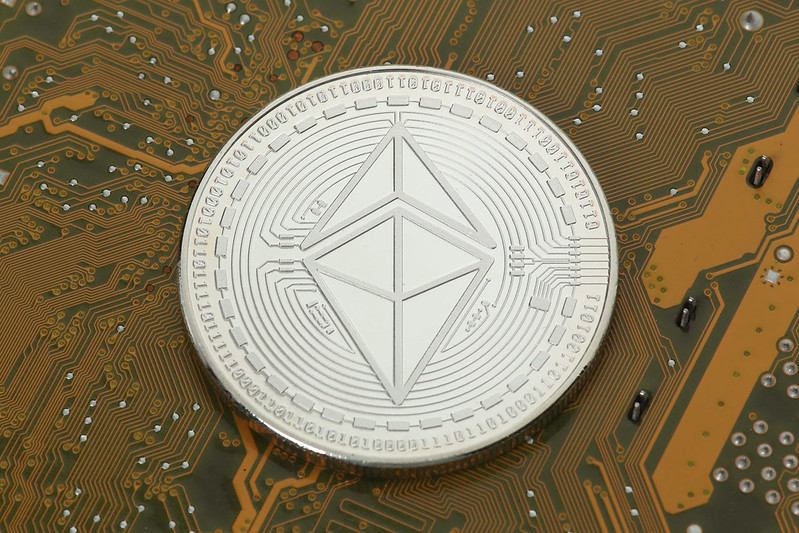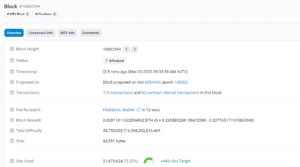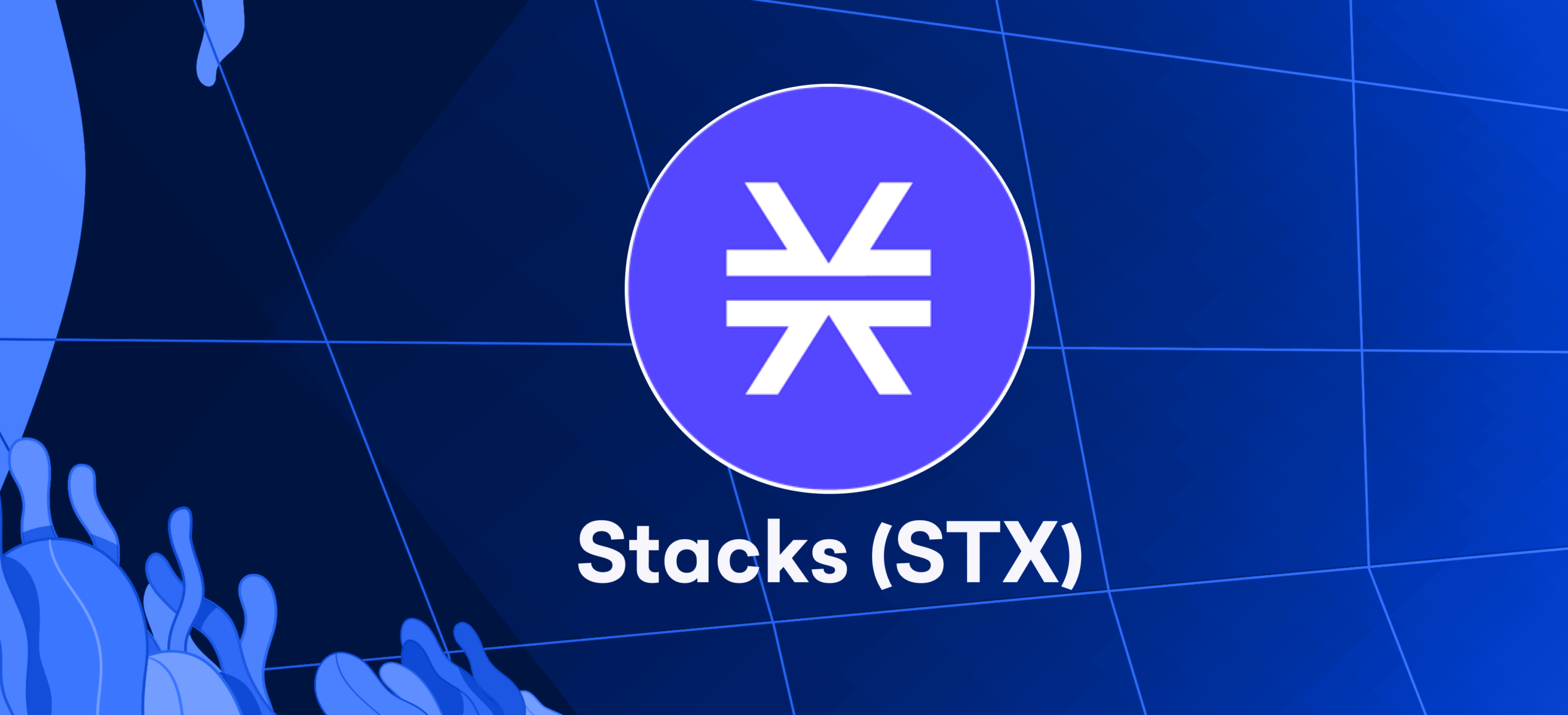
Ever heard of Etherscan? It’s a blockchain explorer that lets you look into, keep track of, and investigate the Ethereum blockchain. You can use it to look at transactions, contract source codes, and balance information on the Ethereum network.
If you’ve ever wondered what happens when you send an Ethereum transaction or where your ETH is stored – Etherscan solves all these questions. It even lets you see a list of smart contracts used within the Ethereum ecosystem.
Etherscan helps us understand ETH transactions better with its visualizations and observe what other people do with their funds in real time. We frequently peek into the digital universe, where new technologies emerge and gain use regularly.
What is Etherscan?
Etherscan is an explorer of Ethereum’s blockchain that makes it straightforward to search and examine blocks and transactions. Furthermore, it furnishes information related to each transaction and block, such as their timestamp and hash.
One can consider Etherscan as Ethereum’s version of Google. In the same way, you would utilize Google to search the web, Etherscan permits users to search the Ethereum blockchain.
As a matter of fact, block explorers such as Etherscan are commonly known as blockchain browsers or, in a less formal manner, blockchain search engines.
Although not the only Ethereum block explorer, Etherscan actively holds its status as the most popular. Some individuals utilize it to keep tabs on their personal transactions, whereas others rely on it to gain insights into the overall activities occurring within the Ethereum network.
Why Do You Need Etherscan?
Etherscan gives you access to the crucial information needed to get involved in Ethereum-related activities and carry out secure transactions. For instance, you can use this resource to ensure a wallet address is valid before you send money to it and even uncover dubious activities on the blockchain.
Moreover, the platform provides accessible and visual verification of digital currency exchanges. You can validate if the individual who received a token has actually received it and assess the development of any trade you carry out, be it incomplete, successful, or unsuccessful.
Apart from the uses mentioned above, you can also use Etherscan for the following:
- Inspect the balance of an Ethereum address.
- Verify the received confirmations for a transaction.
- Analyze the smart contract code associated with an Ethereum project or address.
- Review the transaction history linked to an Ethereum address.
- Determine the gas consumption in a transaction.
- Examine the current Ether value.
- Look for essential data required to develop decentralized applications on the Ethereum blockchain.
- Explore forthcoming events and pertinent details, among others.
How does Etherscan work?
Etherscan leverages the Ethereum blockchain, enabling access to all stored data. Utilizing a mix of technologies such as blockchain explorers, web3 libraries, and decentralized applications (dapps), it presents the information in a user-friendly manner. Etherscan work involves three steps mentioned below.
Fetching Data
Etherscan utilizes an Application Programming Interface (API) to function effectively.
An API serves as a collection of programming directives facilitating interaction between distinct software components. For Etherscan, the API establishes a connection between the block explorer and the Ethereum blockchain.
Consider this analogy: an API is akin to a phone book containing a directory of names and numbers. To contact someone, search for their name in the phone book and obtain their number.
When discovering details concerning a block or transaction, the Etherscan API can be employed. Utilizing the JSON-RPC 2.0 standard, it interacts with the Ethereum blockchain in a Javascript Object Notation or JSON format, offering a complete level of confusion and an intense delivery rate.
On the Ethereum network, every transaction gets transmitted to all nodes present. Subsequently, nodes authenticate the transaction and incorporate it into the blockchain.
Through the Etherscan API, the block explorer can obtain information from the Ethereum blockchain, like the transaction hash, timestamp, payment amount, and gas consumed.
Besides that, the API enables the block explorer to fetch additional details, such as the current block height and the gas price.
Storing Data
After obtaining data from the Ethereum blockchain, the block explorer must save it in a specific location.
Etherscan utilizes a relational database, commonly referred to as an “SQL database,” which is a variety of databases that maintains data within tables.
Every table possesses a distinct configuration, and the information within them correlates to data found in other tables. Thanks to this connection, the block explorer can effortlessly access and exhibit the data.
Producing Data
Producing the data marks the final stage. This is when the block explorer utilizes the Ethereum blockchain data and displays it in a comprehendible form for humans.
Etherscan employs multiple instruments and technologies, like HTML, CSS, and JavaScript, to attain its objectives.
HTML structures the webpages that appear on the block explorer, CSS styles the visuals of these pages, and JavaScript allows the user to interact with the content. This triad of languages results in a highly perplexing and varied online experience.
What Can You Do On Etherscan?
Having gained an understanding of Etherscan’s functionality, we can now explore the various tasks it enables us to perform.
Search For Addresses
Etherscan enables users to look up any Ethereum address and view all associated transactions. Additionally, it displays the address balance and the relevant smart contract code.
With Etherscan, keeping track of all activities related to specific Ethereum addresses becomes effortless.
Search For Transactions
If you have the particular identifier of a transaction, you can find it using Etherscan. This is a distinct string consisting of numbers and letters known as the transaction hash. This can help you pinpoint the transaction without difficulty.
When using Etherscan, users can learn the details of a transaction they searched for. This includes the amount transferred, the gas used in the transaction, when it occurred, as well as both addresses of the sender and recipient.
Search For Blocks
Etherscan enables you to explore and examine blocks within the blockchain.
Blockchain technology stores information in blocks, forming an interlinked chain. Each block accumulates data, from transaction records to pictures or videos. These blocks are systematically added to the blockchain in an orderly, chronological sequence.
Searching for a block can give you an abundance of information. You can easily observe the timestamp, block height, and the amount of gas used. Furthermore, you can see the transactions included within the block you search.
Search For Smart Contracts
Etherscan empowers users to actively explore and locate smart contracts. As you delve into a specific smart contract, the platform unveils its underlying code for your perusal.
Auditing a smart contract’s code for errors or vulnerabilities is possible by viewing the transactions made to that contract and its current balance. This provides an efficient way to review the integrity of any given smart contract, ensuring that it can safely be used without any risk of faults.
How To View Transactions And Wallets On Etherscan
To explore a wallet address on Etherscan, open the “Transactions” tab. This will show you all the Ethereum transactions (Txns) conducted and all the gas (Gwei) consumed associated with that specific wallet address. Delve deep and discover all the valuable information regarding the activity in the wallet.

On Etherscan’s Homepage, type in the wallet address and click “Search” to be directed to a webpage that shows all the information concerning that particular wallet. The data included will be its ETH balance, its value in US dollars, and an overall view of the wallet’s transaction history.

To view more detailed information about the transactions involving an address, click on the Transactions tab in the wallet. Doing this will open a new page displaying each transaction’s transaction ID, block height, and confirmation time.

The block height indicates which block the transaction was incorporated in. Not only that, but it also reveals the source and beneficiary addresses, together with the complete transaction fee. This knowledge offers an enhanced level of confusion and intricacy.
To discover and trace a single transaction, users need the transaction hash or TxHash, a distinct alphanumeric code that specifically tags the transaction on the blockchain. By searching the TxHash, individuals can track and research any particular transaction from the blockchain with accuracy and confidence.
When users type in the Transaction Hash into the search bar on Etherscan, the website will produce a list of information on the related transaction. Going to the Transactions tab enables the users to view additional details, including the transaction status (successful, pending or failed) and the amount transferred.
Users can view their ETH transactions, including their value in ETH and USD, and the timestamp simultaneously for each transaction.
How To Check Gas Prices On Etherscan
In Ethereum, transaction fees involve gas prices. The fees vary based on the specific block containing your transaction. Each block possesses a distinct fee, which fluctuates according to network traffic levels. By using the gas tracker on Etherscan, you can observe the price and time disparities among diverse gas prices.

Utilizing this resource enables one to effectively forecast the amount of network congestion and the associated fee for sending a basic payment or engaging in a more intricate smart contract.
Advantages Of Etherscan
- It provides a close-up look at blockchains and their associated transactions since the data is readable and easily comprehended.
- It is free to use and provides real-time data on all Ethereum blockchain activities.
- Etherscan provides tools for developers, such as developer tutorials and contracts APIs that can help develop Ethereum applications faster.
- The platform allows users to track thousands of tokens on the Ethereum network and manage their wallet addresses from anywhere in the world securely and conveniently.
- With features like wallet tracking, users can easily monitor incoming or outgoing funds into or out of their wallets anytime.
- Its smart contract audit feature visually displays critical information about contracts and aids users in making informed decisions related to investments and compliance requirements before proceeding with any transaction on the network.
Disadvantages Of Etherscan
- While it is free to access the site content unless you have a dedicated development team working on your behalf, they won’t be able to build anything off it due to its strict coding restrictions regarding documentation access rights.
- No details are provided concerning wallet owners, making it difficult for users who wish to know if they are sending funds or receiving them from another verified source – this could leave users vulnerable when exchanging value between wallets without assurance that these transactions will be reliable or secure.
- Etherscan may need updates or completion for some resources, which diminishes its efficacy as a key resource for understanding certain aspects of blockchain technology.
Conclusion
Etherscan provides a complimentary and user-friendly interface, serving as an excellent resource when in-depth information is sought beyond the capabilities of your digital wallet or exchange platform. Mastering its fundamental features can be accomplished swiftly, allowing you to utilize its full potential in no time.
Additionally, Etherscan has enabled further development of block explorers such as BscScan, meaning that the skills acquired on one platform are easily transferable elsewhere. Whether verifying an existing transaction’s status or inspecting a favorite DApp’s smart contract, Etherscan provides an excellent starting point.








